Are you interested in learning how to open a Forex account? If so, you have come to the right place! This comprehensive guide will explain the process of opening a Forex account and provide you with an understanding of the ins and outs of Forex trading. With this guide, you will be well on your way to taking advantage of the lucrative opportunities available in foreign exchange markets. We will cover everything you need to know about opening a Forex account – from the benefits of trading Forex to the different types of accounts that are available. We will also provide you with essential tips on choosing a broker and navigating the regulations associated with Forex trading. Whether you’re a beginner or an experienced trader, this guide will help you get started on your journey to trading success. Trading on the foreign exchange (Forex) market is becoming increasingly popular as a way to make money.
Opening a Forex account is the first step towards trading on the currency markets. This guide explains what you need to know about getting started with a Forex account, including the steps and documents required to open an account. First, you need to decide which type of Forex account you want to open. Most brokers offer two types: a standard account and a mini account. A standard account usually requires a larger initial deposit than a mini account, but it also offers more flexibility in terms of trade size and leverage. Once you have chosen the type of account, you will need to provide some basic personal information, such as your name and address.
You will also need to submit some documents, such as proof of identity and proof of address. This is done to protect against money laundering and other financial crimes. Next, you will need to fund your account. The minimum deposit required will depend on the broker you choose, but it is usually around $250-$500. You can fund your account using a variety of methods, such as bank transfer, credit card, or e-wallet. Finally, you will need to install any necessary trading software or platforms.
Most brokers provide their own platform, but some also offer third-party platforms such as MetaTrader 4 or 5.It is important to make sure that you are comfortable with the platform before trading. Once all these steps are completed, you can start trading on the Forex market!
Funding Your Account
Funding your Forex account is an important step in getting started in the world of Forex trading. There are several ways to fund your account, including wire transfers, credit cards, and online payment systems. The minimum amount you need to deposit to open a Forex account may vary depending on the broker, but usually it is around $100. When selecting a payment method, make sure that the funds will be transferred to your trading account quickly and securely. It is important to remember that when trading on the currency markets, you must have sufficient funds in your account to cover any losses you may incur.Therefore, it is recommended that you deposit more than the minimum amount when opening an account so that you can maintain a comfortable balance.
Submitting Documents
When opening a Forex account, documents are required in order to verify the identity of the account holder. This process is known as KYC, or “Know Your Customer”, and is intended to protect both the customer and the brokerage from potential fraud. Depending on the Forex broker, the documents required may vary, but typically include a valid government-issued ID, proof of address and/or a copy of a bank statement. The ID needs to be current and valid, and should show your name, date of birth and photograph. It can be a passport, national ID card or driver’s license.The proof of address should be dated within the last three months and must contain your full name and address. The bank statement should show your name, address and account balance. Some Forex brokers may also require additional documents such as an affidavit signed by a notary public or a utility bill.
Installing Trading Software
Before you can begin trading on the Forex market, you'll need to install software that allows you to trade with ease. Depending on your individual needs, there are a number of different platforms and software packages available for you to choose from. If you're looking for an easy-to-use platform with a variety of features, then you may want to consider MetaTrader 4 (MT4).This popular trading software is available for both desktop and mobile devices, and is used by millions of traders around the world. It offers a range of advanced trading features such as charting tools, technical indicators and automated trading strategies. Another popular trading platform is cTrader. This platform is ideal for experienced traders looking for more advanced features such as complex order types, advanced charting features and access to multiple markets.
Once you've chosen the software that's right for you, it's time to install it. Depending on the platform you're using, the installation process may vary. Generally speaking, however, most trading platforms will require you to download the software onto your computer or mobile device and follow the instructions provided. Once your software is installed, you should be able to login using the account details provided by your Forex broker.
You'll then have access to the markets and all the features of the trading platform.
Types of Forex Accounts
When opening a Forex account, it's important to understand the different types of accounts available and how they affect the size of your trades and leverage. There are two main types of Forex accounts: standard and mini.Standard Forex Accounts
Standard Forex accounts are the most common type of Forex account. With a standard account, you can trade in standard lots, which are 100,000 units of currency. This type of account also offers the highest levels of leverage.Leverage is the ratio of the amount of money in your account to the amount of money you can borrow from your broker for a trade.
Mini Forex Accounts
Mini Forex accounts allow you to trade in mini lots, which are 10,000 units of currency. This type of account offers lower levels of leverage than standard accounts, but it also requires less capital to open an account. Mini accounts are often used by new traders who want to practice trading with smaller amounts of money. Opening a Forex account is the first step towards trading on the currency markets. This comprehensive guide has explained everything you need to know about getting started with a Forex account, including the types of accounts available, the documents required to open an account, how to fund your account, and how to install the necessary trading software.With the right tools and knowledge, you can start trading on the Forex market today!.
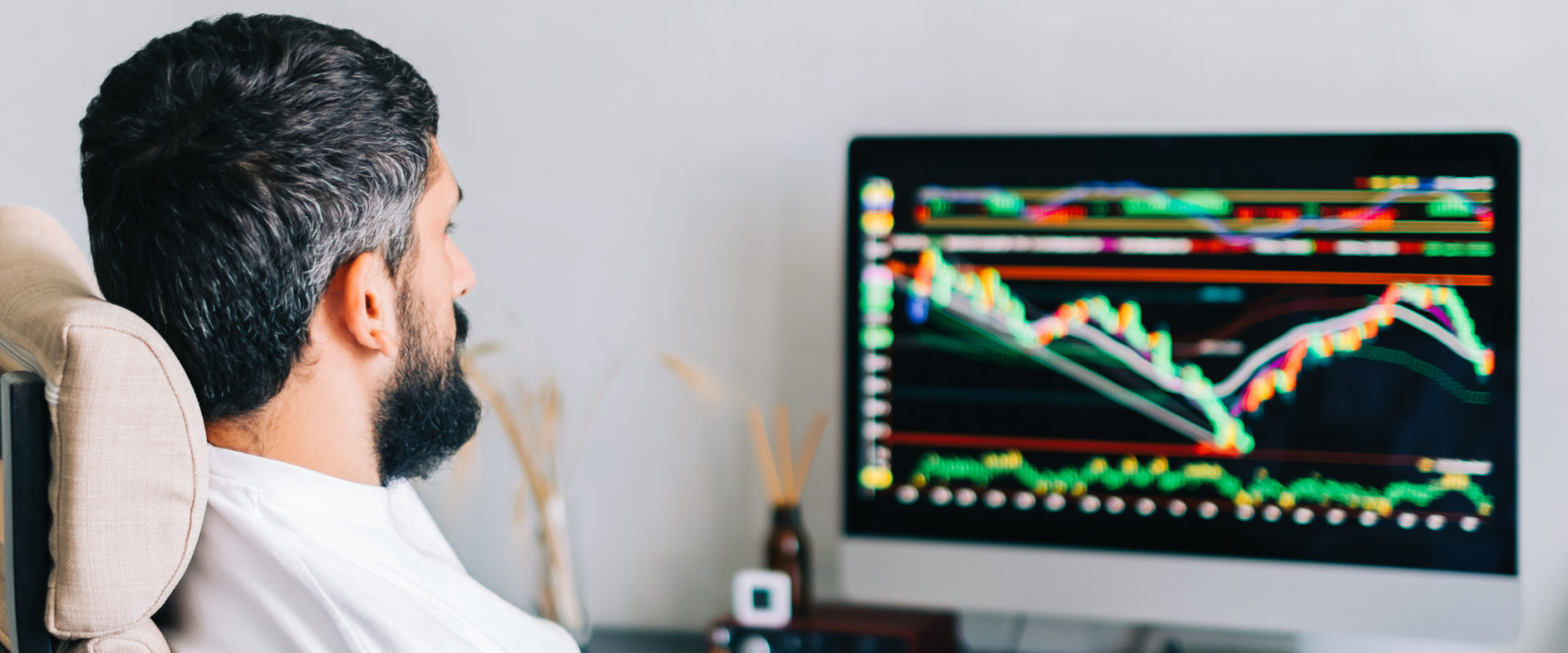


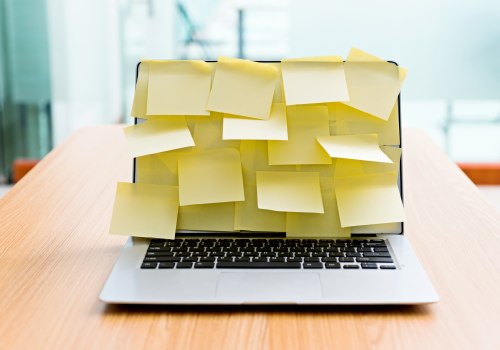

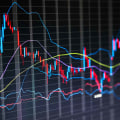
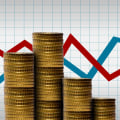
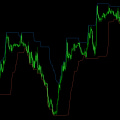

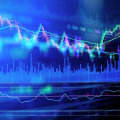
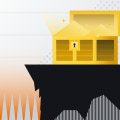
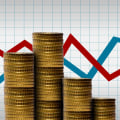
Leave Reply